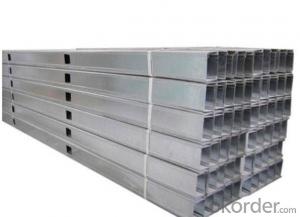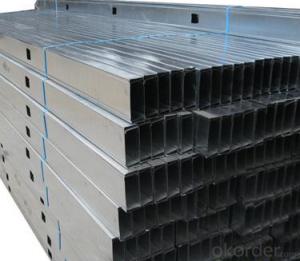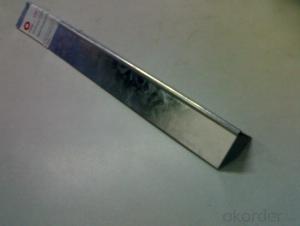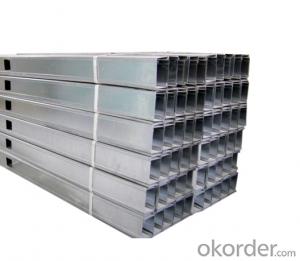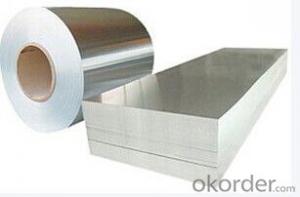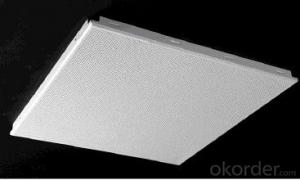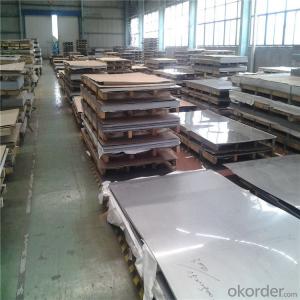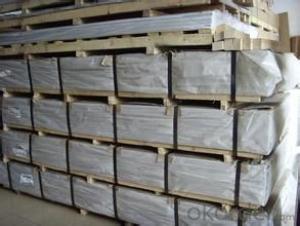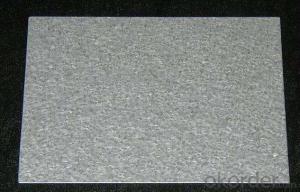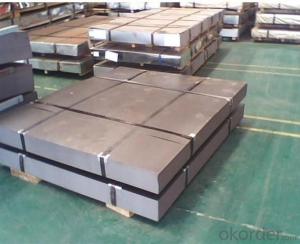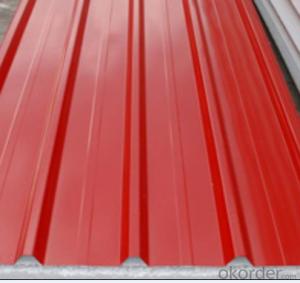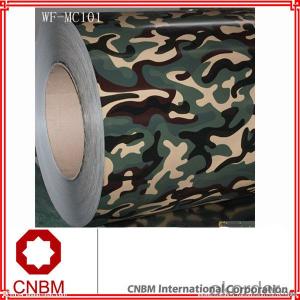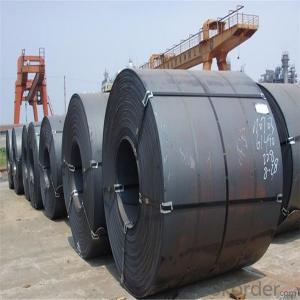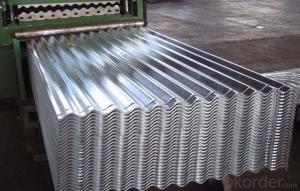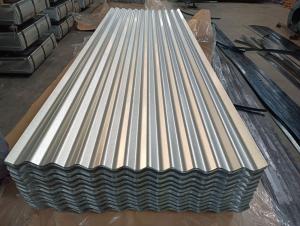Galvanized Sheet Metal 4X8
Galvanized Sheet Metal 4X8 Related Searches
Best Paint For Stainless Steel Paint For Galvanized Steel Steel Frames For Furniture Self Tapping Screws For Steel Surface Grinding Wheels For Hardened Steel Hole Saw For Stainless Steel Paint For Stainless Steel Stainless Steel For Bbq Step Bit For Stainless Steel Sponge For Stainless SteelHot Searches
Used Metal Folding Chairs For Sale Large Metal Containers For Sale Metal Shop Cabinets For Sale Metal Shipping Crates For Sale Galvanized Steel Scrap Price Fiber Sheet Price In India Galvanized Steel Prices Plastic Fiber Sheet Price Upvc Roofing Sheet Manufacturer In India China Geomembrane Roll Sheet Lasani Wood Sheet Price Rhino Roofing Sheet Price List Tinplate Sheet Price Mdf Price Per Sheet 4Mm Mdf Sheet 1220X2440Mm Price Grp Sheet Price Aluminum Sheet Stock Sizes Cost Of 4X8 Sheet Of Plywood Cost Of Drywall Per Sheet Buy Sheet PlasticGalvanized Sheet Metal 4X8 Supplier & Manufacturer from China
Okorder.com is a professional Galvanized Sheet Metal 4X8 supplier & manufacturer, offers integrated one-stop services including real-time quoting and online cargo tracking. We are funded by CNBM Group, a Fortune 500 enterprise and the largest Galvanized Sheet Metal 4X8 firm in China.Hot Products
FAQ
- Steel sheets have several advantages over other materials like aluminum or plastic. Firstly, steel is much stronger and more durable than both aluminum and plastic. It has a higher tensile strength and can withstand much greater loads and impacts. This makes steel sheets more suitable for applications that require high strength and structural integrity, such as construction, automotive, and aerospace industries. Secondly, steel is more resistant to extreme temperatures and fire compared to aluminum or plastic. Steel sheets have a higher melting point, making them less likely to deform or lose their structural integrity under high temperatures. This makes steel sheets ideal for applications that involve exposure to heat or fire, such as industrial furnaces or fire-resistant structures. Furthermore, steel sheets offer better corrosion resistance than aluminum or plastic. Steel can be coated with various protective layers like zinc or paint to prevent rusting and corrosion. Aluminum, on the other hand, is prone to corrosion in certain environments. Plastic, although generally resistant to corrosion, may degrade and become brittle over time. Therefore, steel sheets are a more reliable choice in applications where exposure to moisture or corrosive substances is a concern, such as marine environments or chemical processing plants. Lastly, steel sheets are more environmentally friendly than both aluminum and plastic. Steel is a recyclable material and can be reused indefinitely without losing its properties. Aluminum recycling requires significantly more energy, and plastic is known to have a detrimental impact on the environment due to its slow decomposition. Steel sheets, being recyclable and sustainable, are a preferred choice for those seeking environmentally friendly options. In conclusion, steel sheets outperform materials like aluminum or plastic in terms of strength, durability, resistance to extreme temperatures and corrosion, as well as being more environmentally friendly. However, the specific choice of material ultimately depends on the application requirements, cost considerations, and other factors.
- Yes, steel sheets can be and are commonly used in the defense industry. Steel is a versatile and strong material that has been used in various defense applications for many years. Steel sheets are used to manufacture armored vehicles, tanks, naval ships, and aircraft carriers. They provide excellent protection against ballistic threats, such as bullets and shrapnel, due to their high strength and durability. Steel sheets can also be used to reinforce buildings and structures in military bases, providing added security and protection. Additionally, steel sheets are used in the production of various defense equipment, including weapons, ammunition, and missile components. Overall, steel sheets play a crucial role in the defense industry and are widely utilized for their reliability and resistance to high impact forces.
- Steel sheets are generally stronger, more durable, and have a higher heat resistance compared to plastic sheets. They are better suited for heavy-duty applications, such as construction and industrial uses, where strength and durability are crucial. Plastic sheets, on the other hand, are lightweight, flexible, and cost-effective. They are commonly used for applications where weight and cost are important factors, such as packaging, signage, and some consumer goods. Ultimately, the choice between steel and plastic sheets depends on the specific requirements and intended use of the sheets.
- The weight of a steel sheet per square foot can change based on its thickness and the type of steel employed. Nevertheless, a typical weight range for a steel sheet per square foot falls between 40 and 70 pounds. It is crucial to understand that this is a rough approximation, and the actual weight may deviate due to specific factors like alloy composition and the manufacturing process.
- Yes, steel sheets can be used for automotive body panels. Steel is a commonly used material in the automotive industry due to its high strength, durability, and cost-effectiveness. It provides the necessary structural integrity and protection required for automotive body panels.
- Steel sheets are protected during transportation by sea through various measures to ensure their safety and prevent damage. One of the most common methods used is the application of a protective coating on the steel sheets. This coating acts as a barrier against moisture and saltwater, which are the primary causes of corrosion during sea transportation. The coating can either be a temporary solution, such as a layer of oil or wax, or a more permanent solution, such as a layer of paint or zinc. Additionally, steel sheets are often packaged in bundles or placed in shipping containers to provide added protection. These bundles are secured with straps or wires to prevent movement and potential damage during rough sea conditions. The shipping containers themselves are designed to withstand the rigors of sea transportation and protect the steel sheets from exposure to the elements. Furthermore, steel sheets may be wrapped in plastic or other waterproof materials to provide an extra layer of protection against moisture. This helps to prevent the sheets from coming into direct contact with seawater or rain, reducing the risk of corrosion. During loading and unloading, proper handling techniques are employed to minimize the risk of damage. Cranes or forklifts are used to lift and move the steel sheets carefully, ensuring that they are not dropped or subjected to excessive force that could cause dents or bends. Overall, a combination of protective coatings, secure packaging, and proper handling techniques are employed to safeguard steel sheets during transportation by sea, reducing the chances of damage and ensuring that they arrive at their destination in optimal condition.
- How to choose welding method for welding different plate and thick steel plate?
- How to choose welding method for welding different plate and thick steel plate?:It depends on what process you use welding: manual arc welding, thick plate side should do thinner processing, become 12 thick, that is, a transition ramp, 15 degrees can be reached, two plates corresponding to the edge of the same thickness. V shaped groove, single side 30 meter, V shape 60 degrees. Clearance 2, blunt edge 1-2 can. Submerged arc welding, the plate can be assembled after thinning, without beveling.
- There are several different edge finishes available for steel sheets, depending on the desired aesthetic and functional requirements. Some of the most common edge finishes for steel sheets include: 1. Mill Edge: This is the standard edge finish that comes directly from the steel mill. It is a rough, unfinished edge that has not been further processed or smoothed. It is typically used for applications where the edge appearance is not critical, such as in industrial or structural applications. 2. Trimmed Edge: In this edge finish, the rough mill edge is trimmed or sheared to remove any irregularities or burrs. It provides a cleaner and more uniform edge compared to the mill edge, making it suitable for applications where the edge appearance is important. 3. Deburred Edge: This edge finish involves removing any sharp or jagged edges through a deburring process. It provides a smooth and rounded edge, enhancing safety and reducing the risk of injury. Deburred edges are commonly used in applications where handling or contact with the edge is frequent, such as in automotive or appliance manufacturing. 4. Beveled Edge: A beveled edge is achieved by cutting or grinding an angle along the edge of the steel sheet. It creates a sloping or chamfered edge, which can improve the aesthetics and functionality of the sheet. Beveled edges are often used in architectural applications, as they can enhance the appearance and facilitate better jointing or welding. 5. Rolled Edge: This edge finish is created by rolling or bending the edge of the steel sheet to form a rounded or folded edge. Rolled edges provide a smooth and finished appearance, making them suitable for applications where the edge will be visible, such as in decorative or furniture manufacturing. 6. Hemmed Edge: Hemming involves folding the edge of the steel sheet over itself to create a double-layered edge. It provides a strong and finished edge that is resistant to fraying or unraveling. Hemmed edges are commonly used in applications where the edge will be exposed and require added durability, such as in roofing or sign manufacturing. These are just a few examples of the different edge finishes available for steel sheets. Each finish has its own unique characteristics and advantages, allowing for customization based on specific requirements and preferences.






